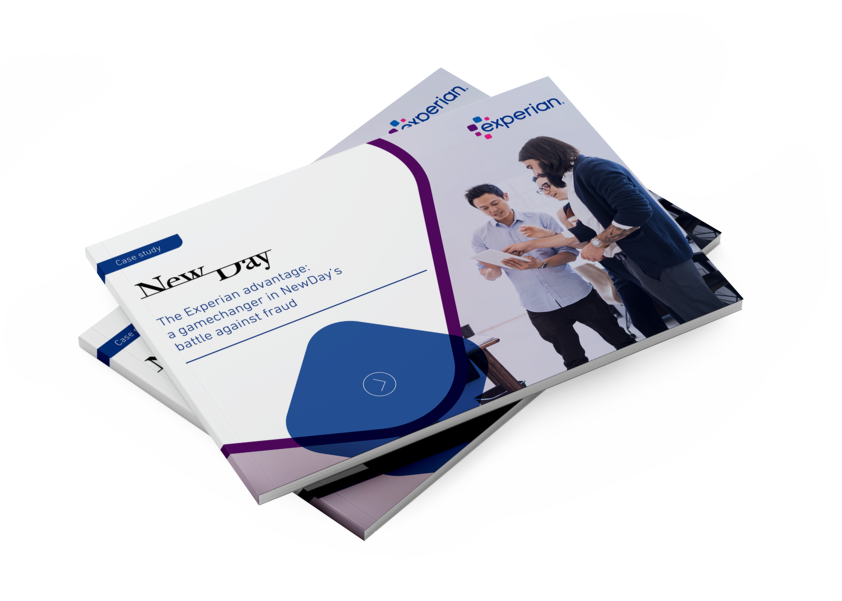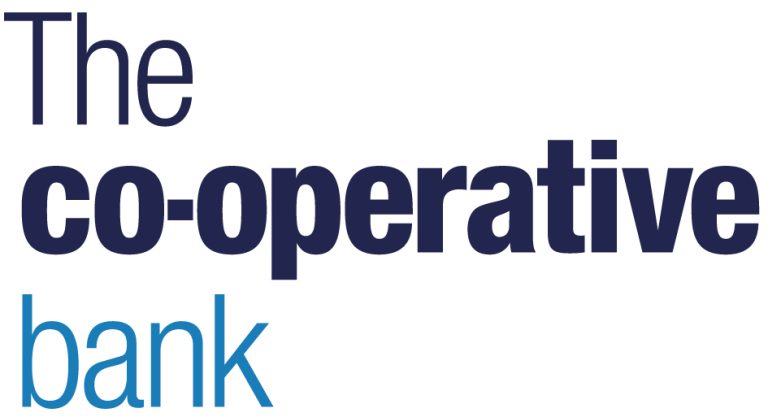Overview: The Experian advantage: A gamechanger in NewDay’s battle against fraud
Fighting fraud with data analytics
Financial fraud is a multi-million-pound industry. In 2022, losses exceeded £1 billion in the UK alone.
Through our CrossCore machine learning platform, we helped leading UK credit provider, NewDay to fight fraud together.

Challenge overview
Combatting higher fraud applications and a friction-heavy onboarding process
NewDay’s highly scalable digital platform allows it to continually innovate and develop products that meet their customers’ changing needs. However, in 2021 as it grew its customer base, it faced an increasing number of fraudulent applicants. To stop the fraudsters, NewDay added more application screening processes to its already stringent system. However, these additional checks delayed the application process for genuine applicants, generated more applicant referrals to be manually checked and lead to increased operational costs.
- Increasing customer base led to increasing number of fraudulent applications
- Increased customer friction in onboarding
- Increased operational costs
NewDay is a leading provider of unsecured consumer credit in the UK providing 4.6 million customers with access to credit. The firm is a broad-spectrum lender with a specialism in delivering services to near-prime customers who may not have easy access to credit from mainstream lenders.
Its credit product offering includes physical and digital cards – including Bip, the UK’s first digital only credit card – and Newpay, a Buy Now, Pay Later (BNPL) service offering instalment finance and revolving credit that is fully regulated.
| Founded: | 2000 |
| Industry: | Financial services |
| Featured brands: | Newpay, Bip |
Solution overview
Data analytics and real-time fraud detection
Through CrossCore, NewDay was able to identify and consolidate a wide range of risk alerts into a single assessment. The results were exceptional. Clark reported: “As a result of that deployment, we’ve seen an 59% reduction in our application fraud losses.” For the first time, NewDay could leverage multiple data sources in one platform and use advanced analytics to make real-time risk decisions. In fact, it now only takes eight seconds to detect fraud, with further optimisations planned to reduce this to just six seconds.
- 59% reduction in application fraud losses
- 30-40% decrease in applicant referrals
- 8 second fraud response time
Related Products
We have solutions we can tailor for your business needs
Speak to an expert




